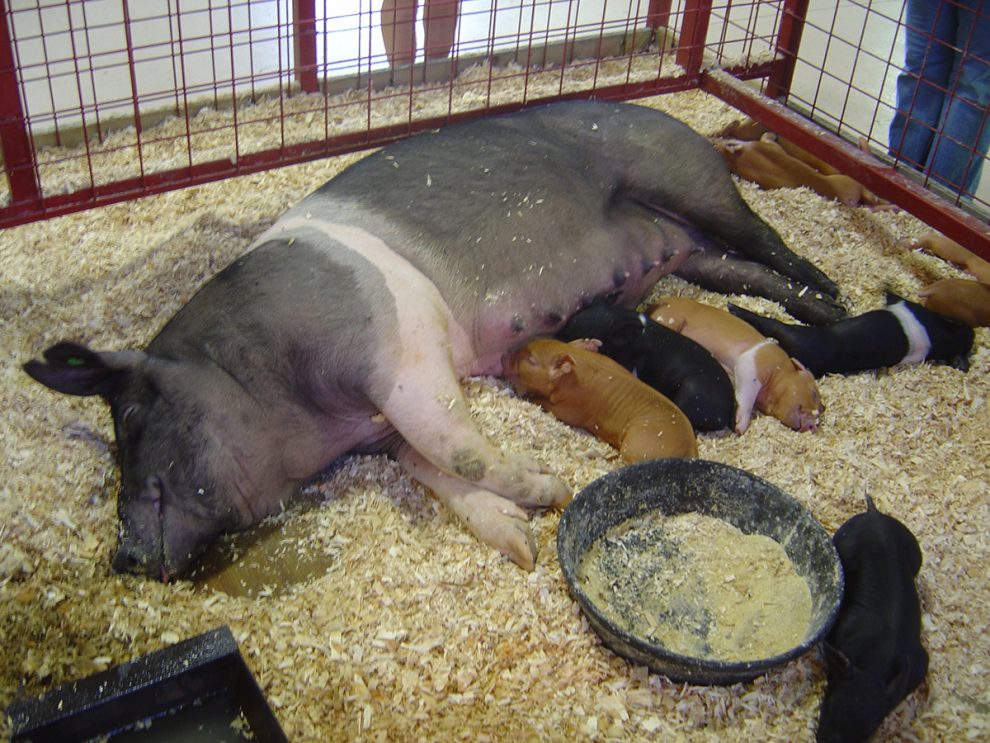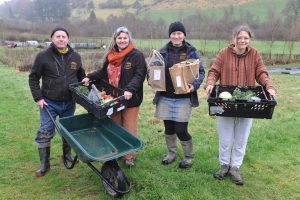SIMPLE changes to pig management can result in significant improvements in fertility on units struggling with reproduction.
Factors influencing pig fertility are many and varied and can be due to infectious or non-infectious causes, says pig vet Dr Alex Thomsett, of The George Veterinary Group.
Non-infectious causes are often those that producers have more influences over and, in many cases, usually mean very simple changes, Dr Thomsett told farmers participating in a recent FarmingConnect webinar.
“A few small tweaks to management or the approach to reproduction on-farm can easily change a fairly difficult situation into a much better picture without going through a whole heap of blood sampling,’’ she said.
Among these is temperature stress; although this is more commonly associated with heat, cold can be a factor too.
Sows can find it difficult to adapt to changes in temperature and it can lead to more returns of service, poor cycling and higher numbers of abortions.
In outdoor herds, ensure pigs have mud wallows to dissipate heat and, to protect from direct sunlight, create shaded areas.
“This can be done very simply, with a few poles and a length of gale break or similar material,’’ Dr Thomsett advised.
Changes in day length can result in seasonal infertility in the autumn.
As this affects gilts, in particular, Dr Thomsett recommends selecting gilts that are early to go through puberty rather than those that are delayed.
Pigs need a minimum of 16 hours of daylight so ensure light exposure in housing is good – even cleaning whitewashed walls or lightbulbs can make a difference by better reflecting light at sow level on the back of the eye.
Light is more difficult to control in outdoor herds because this system is beholden to the time of the year and, for this reason, Dr Thomsett stressed that it was vital to get all the other issues around fertility working well, including nutrition.
Gilts need the right nutrition balance to prepare them to come into first service and to support them through the first service.
“Gilts and young females are still growing through their first pregnancy and it can often be forgotten that when a pig is lactating, her body is preparing for the next cycle’’, said Dr Thomsett.
In herds with longer lactation periods, Dr Thomsett suggests providing piglets with supplementary feeding to support the sow.
Mycotoxicosis is another consideration and can significantly interfere with herd fertility but Dr Thomsett said this is an unlikely cause if the farm has good quality sources of grain and straw.
Adding binders to feed is the best form of defence because these absorb harmful mycotoxins.
Vaccinations are an important tool for preventing infectious causes of infertility.
Ensure that the vaccination record of any bought-in stock is up to date and quarantine these animals, to ensure they are fit and healthy before entering the herd.
Carrying out a herd health check to establish health status and therefore which vaccinations are needed is greatly beneficial, said Dr Thomsett.


















Add Comment